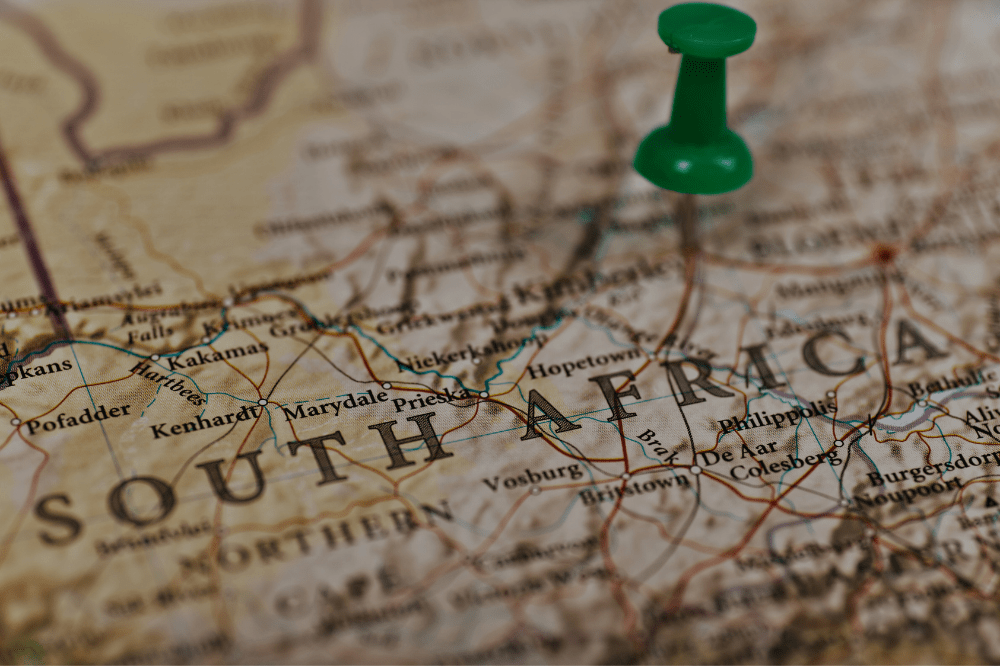According to PwC, South Africa’s FDI story has seen a net inflow for the past six years, which is a good outlook!
Recent developments have stirred discussions about South Africa’s viability for foreign investments, particularly within the mining sector. BHP’s recent bid for Anglo American, excluding its SA assets, reinforces concerns over bureaucratic hurdles in mining licensing, stringent BEE requirements, and challenges at entities like Eskom and Transnet. However, a closer look at South Africa’s FDI (Foreign Direct investment) story paints a different picture. Unlike volatile financial market flows, FDI represents long-term commitments aimed at bolstering productive capacity.
In the same week, PwC published an Economic Outlook report showing that South Africa has attracted net positive FDI every year since 2018, which seems to highly contradict the allegations about the country’s mining sector being uninvestible, affirming that mining accounted for almost a quarter (24.2%) of the country’s inward investment stock, worth nearly R3 trillion in 2022.
“This may come as a surprise to some considering the country’s economic challenges and obstacles faced by private business. Many would expect that outflows would overshadow inflows. However, data from the South African Reserve Bank (SARB) shows that the country’s net FDI flows averaged R58 billion per annum after the global financial crisis when excluding 2021” – PwC’s Economic Outlook report.
Despite 2020 encountering major setback due to Covid, 2021 was a huge year for inflows, totalling a net R594 billion (9.5% of GDP), which allowed the country to bounce back from the consequences of the pandamic.
South Africa’s FDI
In 2023, SA recorded net FDI inflows amounting to R96.5 billion (1.4% of GDP) and outflows of R5.2 billion (0.1% of GDP), for a net inflow of R91.3 billion (1.3% of GDP). Manufacturing emerges as the primary FDI recipient (38.5%), owing to its significance in sectors like automotive, food production, and construction materials. Mining, despite industry apprehensions, remains robust (24.2%), underpinned by its historical presence and global mineral exports. Financial services also attract substantial FDI (20%).
“Mining and quarrying has the second-largest inward FDI stock (24.2% of total) which is not surprising when considering the country’s 170-year history in this industry. South Africa is currently the world’s largest exporter of platinum group metals (PGMs)” – PwC’s Economic Outlook report.
While domestic sentiment often leans negative on governance and service delivery, objective metrics like the World Bank’s Governance Indicators reveal a more nuanced reality. South Africa’s mid-range performance on these indices contrasts with local perceptions, shaping a relatively positive image among foreign investors.
South Africa boasts several key strengths, including world-class financial and communication sectors, a robust capital market, renowned tertiary institutions, abundant natural resources, strategic geographic positioning, and a transparent legal system. These attributes, combined with moderate political stability, fuel international interest in SA as an investment hub. PwC underscores the need for local companies to showcase sustained commercial resilience, future readiness, and exportable capabilities to capitalize on FDI interest amid systemic challenges.
If you want to check out more news and financial tips on our website, you can click on this link!

